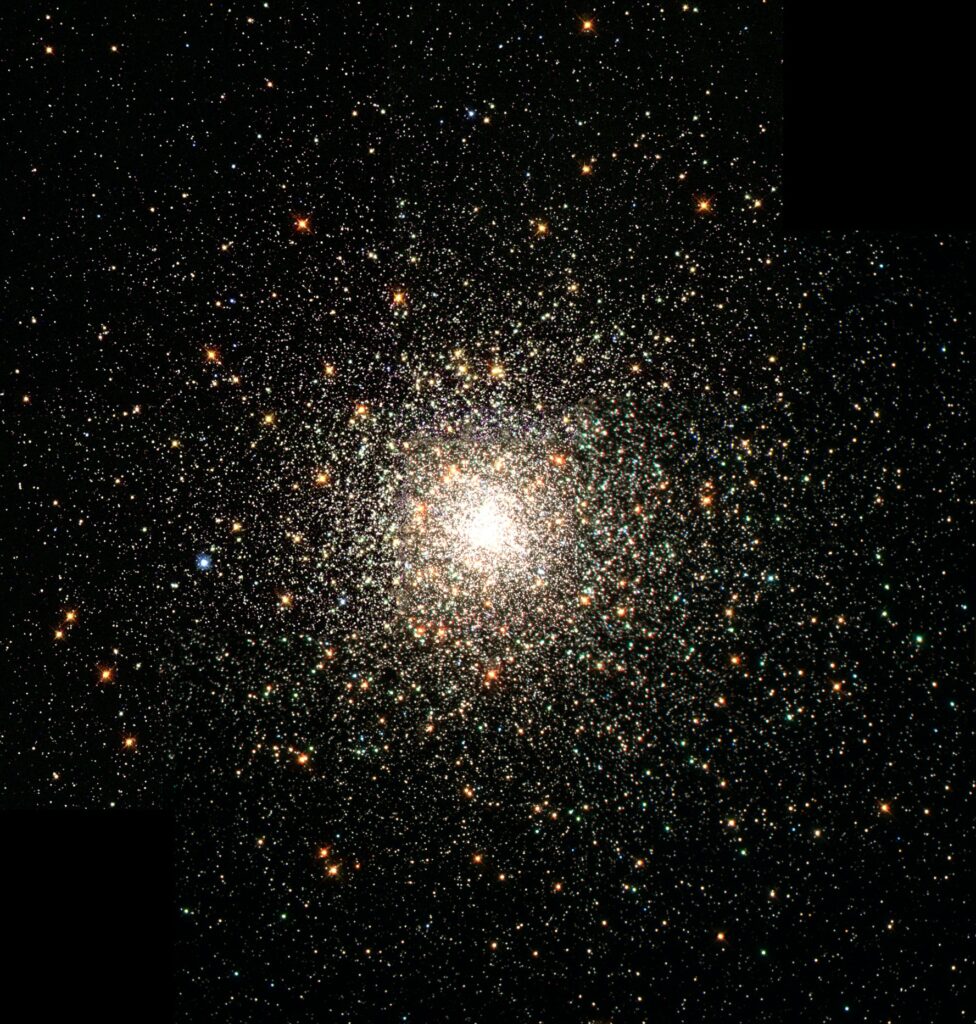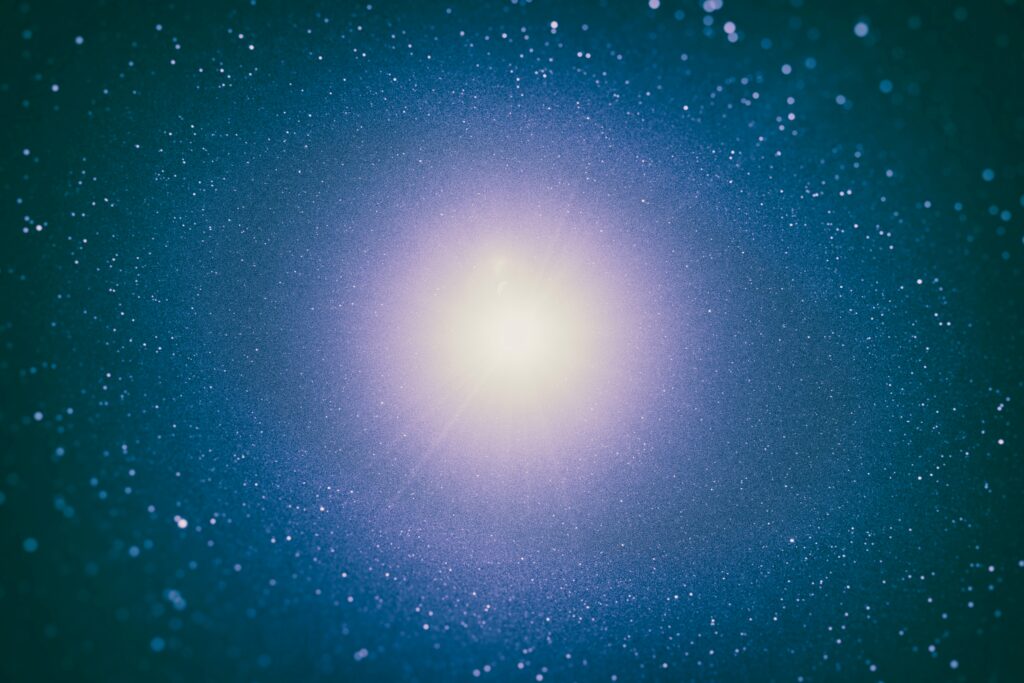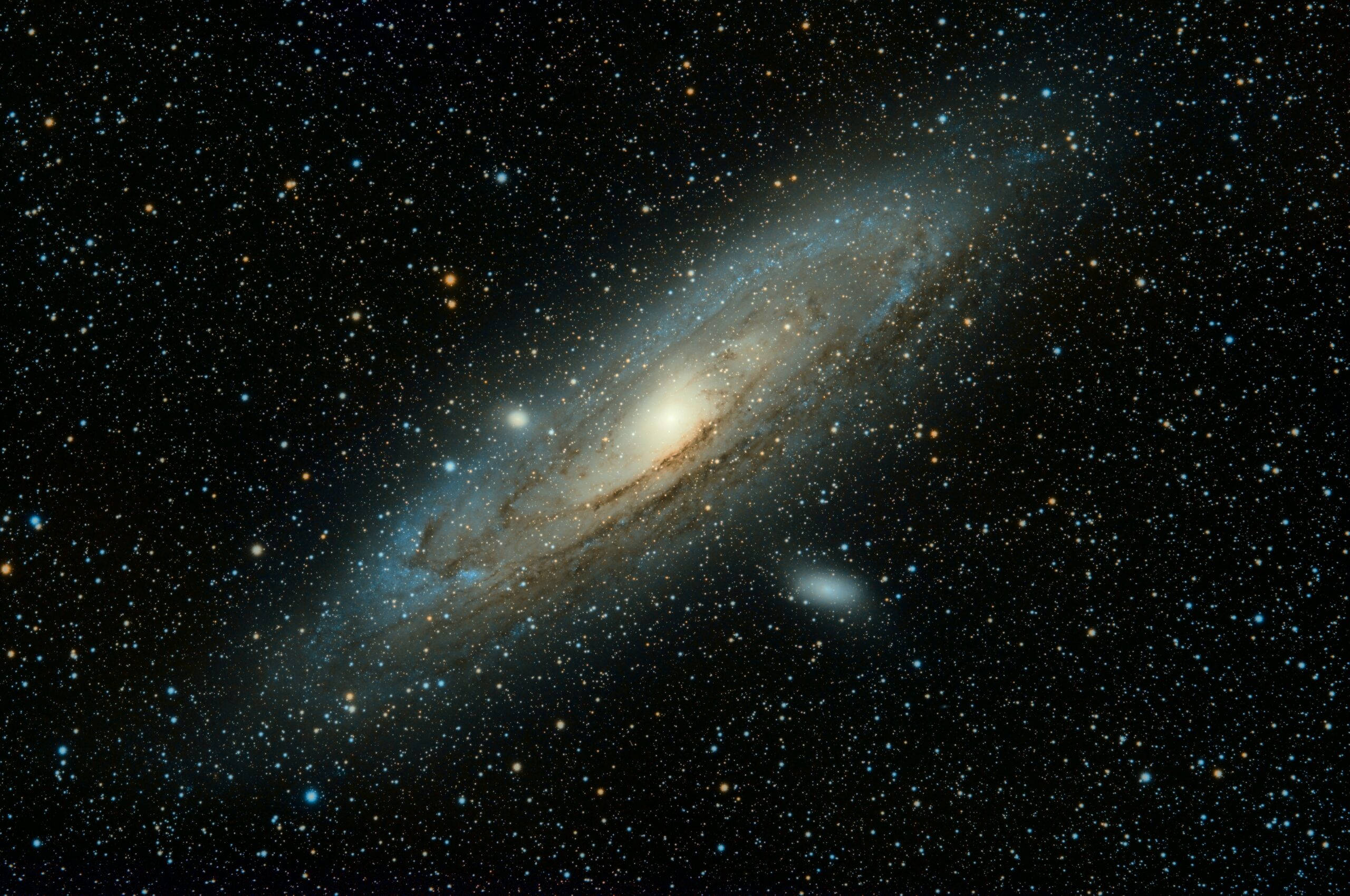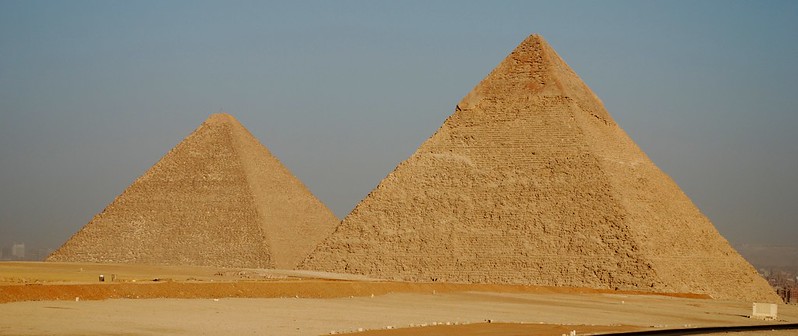According to a new NASA study, astronomers have recently discovered an ultraluminous X-ray source (ULX) whose mere existence breaks a physical law called the Eddington limit.
How Did NASA Astronomers Discover This Baffling ULX?

Observations published in The Astrophysical Journal state that NASA’s Nuclear Spectroscopic Telescope Array (NuSTAR)—which observes the universe in X-rays—recently detected a ULX, named M82 X-2, that shines 10 million times brighter than Earth’s sun. According to the Eddington limit, this should not be possible.
The Eddington limit is a physical law that determines the limit of an object’s brightness based upon its size. When an object breaks the Eddington law, it is expected to explode. M82 X-2, however, shatters all expectations.
What Is ULX M82 X-2?
Bizarre object 10 million times brighter than the sun defies physics, NASA says https://t.co/jRFyIwsUJL pic.twitter.com/U4YOvmLsze
— SPACE.com (@SPACEdotcom) April 14, 2023
While astronomers originally believed ULXs to be black holes, they have identified M82 X-2 to be a neutron star, or, an accumulation of the dead cores of stars. The gravity on the surface of a neutron star is nearly 100 trillion times stronger than the gravity on Earth’s surface.
What does this mean? According to NASA, “A marshmallow dropped on the surface of a neutron star would hit it with the energy of a thousand hydrogen bombs.”
Theories on Why M82 X-2 Breaks the Eddington Limit

While currently, scientists can’t confirm the exact reason that M82 X-2 is able to break the Eddington limit, one prominent theory has been proposed.
Some astronomers believe that M82 X-2’s intense magnetic field alters the shape of its atoms, allowing it to remain intact as it grows in brightness.
But how does it grow in brightness? Well, M82 X-2, with its great gravitational pull, annually consumes about one-and-a-half Earths’ worth of material. (It is siphoned off a neighboring star.) When this material meets the surface of M82 X-2. the neutron star becomes brighter.
The Laws of Physics: Made to Be Broken?
The fact that M82 X-2 goes completely against what was once a commonly accepted scientific law forces us to ask the question, “What do we really know about the universe?”
Similar to the discovery of M82 X-2, in 2021, a study found that the muon, one of the universe’s most common subatomic particles, was breaking the laws of physics when immersed in a magnetic field.
“In this respect, the new measurement could indeed mark the start of a revolution of our understanding of nature,” said Thomas Teubner, a theoretical physicist from the University of Liverpool and co-author of the new study.














One Response
Found: Superphysics